What is Toncoin (TON)? A Comprehensive Guide
Key Takeaways
- Definition and Core Concept: Toncoin (TON) is the native cryptocurrency of The Open Network (TON), a decentralized layer-1 blockchain designed for scalability and integration with messaging apps, originally inspired by Telegram but now independently developed.
- Key Mechanisms: It uses a proof-of-stake (PoS) consensus model, featuring innovative sharding for high-speed transactions, and supports smart contracts via the TON Virtual Machine (TVM), making it efficient for Web3 applications.
- Use Cases and Advantages: TON excels in payments, DeFi, NFTs, and decentralized storage, offering low fees, fast processing, and seamless integration with Telegram for user-friendly crypto experiences, though it faces risks like market volatility.
- Market Position: With a market cap of around $8.8 billion and ranking #20, TON boasts strong community support and growing ecosystem partnerships, positioning it as a versatile player in the crypto space.
What Is Toncoin (TON)?
Toncoin (TON) is the native cryptocurrency of The Open Network (TON), a decentralized layer-1 blockchain that emphasizes scalability, speed, and integration with everyday apps like messaging platforms.
Imagine you’re chatting with a friend on Telegram, and suddenly you can send money or access decentralized apps without leaving the conversation. That’s the kind of seamless world TON aims to create. Born from ambitious roots, TON started as a project by the Telegram team back in 2017, initially called Telegram Open Network with a token named Gram. Legal hurdles from the SEC forced Telegram to step back in 2020, but the open-source community took the reins, renaming it The Open Network. Today, it’s backed by the non-profit TON Foundation in Switzerland, with contributions from developers worldwide. The core concept revolves around building a Web3 ecosystem inside Telegram Messenger, empowering users to control their digital identity, data, and assets. It’s not just another blockchain; it’s designed to onboard millions by making crypto as easy as sending a text. The ecosystem includes tools like TON Storage for file sharing, TON Proxy for privacy, and even TON DNS for readable domain names. With a vision to reach 500 million users by 2028, TON is all about accessibility—think of it as the bridge between traditional social media and the decentralized future. Ever wondered why crypto feels so clunky? TON’s trying to fix that with its hyper-fast routing and sharding tech.
History and Background
The story of TON kicks off with Telegram’s founders, Pavel and Nikolai Durov, who envisioned a blockchain that could handle massive scale. They released a whitepaper in 2018, but regulatory issues halted the Gram token launch. Post-2020, independent devs revived it, keeping parts of Nikolai’s original codebase.
Core Features
TON stands out with its multi-blockchain setup: a masterchain overseeing workchains that can shard into billions for parallel processing. It’s like having a super-efficient highway system for data.
Why TON Matters in Crypto
In a crowded crypto market, TON’s Telegram ties give it a huge potential user base—over 900 million Telegram users could dip into Web3 effortlessly.
Who Created Toncoin (TON)?
Picture this: two brothers revolutionize messaging with Telegram, then pivot to blockchain. That’s Pavel Durov, Telegram’s CEO, and his brother Nikolai, a math whiz who coded much of the original tech. They kicked off the project in 2017 as Telegram Open Network (TON), aiming to integrate crypto with their app. The whitepaper, penned largely by Nikolai, outlined a scalable blockchain with proof-of-stake and sharding—fancy terms for making things fast and efficient.
But drama ensued. In 2019, the SEC sued Telegram over their $1.7 billion ICO, claiming unregistered securities. By May 2020, Pavel announced they’d bow out, and the Gram token never saw the light of day. Enter the heroes: an independent community of developers and enthusiasts. They forked the open-source code, rebranded to The Open Network, and launched Toncoin in 2021. The TON Foundation, a Swiss non-profit, now leads the charge, supporting development without owning the network—it’s truly decentralized.
Milestones? TON mainnet went live in 2021, integrated with Telegram Wallet in 2022, and by 2023, hit partnerships like Tether for USDT on TON. It’s grown from a shelved idea to a top-20 crypto, all thanks to community grit. Fun fact: Nikolai’s code includes advanced math that makes TON’s routing feel like magic—quick as a snap.
Founding Team Background
Pavel Durov, often called the “Mark Zuckerberg of Russia,” founded VKontakte before Telegram. Nikolai, with multiple math Olympiad golds, handles the tech heavy-lifting.
Key Historical Milestones
- 2017: Project conception.
- 2020: Telegram exits; community takes over.
- 2021: Toncoin launch and mainnet activation.
- 2023: Major integrations and ecosystem expansions.
FAQ: Is TON Still Connected to Telegram?
While independent, TON deeply integrates with Telegram, but it’s not owned by them—it’s community-driven.
How Does Toncoin (TON) Work?
At its heart, TON is a layer-1 blockchain built for speed and scale, using a proof-of-stake (PoS) consensus to keep things secure without guzzling energy like proof-of-work systems. Think of PoS as staking your coins to vote on transactions—validators put up TON as collateral, and if they misbehave, they lose it. This makes the network reliable and eco-friendly.
The magic lies in its architecture: a masterchain coordinates multiple workchains, each shardable into up to 2^60 sub-chains for parallel processing. It’s like dividing a massive puzzle into tiny pieces that solve themselves simultaneously. Messages zip around via “Instant Hypercube Routing,” delivering in seconds, even across shards. Smart contracts run on the TON Virtual Machine (TVM), which is optimized for efficiency and supports languages like FunC. These contracts are like automated agreements—self-executing code for everything from payments to governance.
Security? Private keys keep your funds safe (never share them!), while public keys verify transactions. The Infinite Sharding Paradigm auto-adjusts shards based on load, so the network scales effortlessly. Add in features like TON Storage (decentralized file sharing) and TON Proxy (for anonymity), and you’ve got a full toolkit. It’s not perfect—scalability tweaks are ongoing—but it’s designed for real-world use, like micro-transactions in apps.
Consensus Mechanism Explained
PoS validators are elected based on staked TON, earning rewards for honest work. Nominators can delegate tokens for a share of profits, all via smart contracts.
Key Technical Components
- Shardchains: Handle transactions in parallel.
- TVM: Executes complex ops like crypto functions.
- Routing System: Ensures ultra-fast cross-chain communication.
Everyday Analogy
Imagine TON as a busy airport: shards are runways, routing is air traffic control, and PoS is the security team—efficient and vigilant.
FAQ: How Secure Is TON Compared to Bitcoin?
TON’s PoS is energy-efficient and fast, but Bitcoin’s PoW is battle-tested for security; both have their strengths.
How Is New Toncoin (TON) Created?
New TON enters the world through a proof-of-stake minting process, not traditional mining. Validators stake their TON to secure the network and validate transactions, earning rewards in fresh TON. It’s like earning interest on your savings, but for blockchain upkeep. The total supply isn’t hard-capped like Bitcoin’s 21 million—TON has a circulating supply of about 2.6 billion as of now, with no fixed max, but inflation is controlled to encourage participation.
Rewards come from transaction fees and a small inflation rate, distributed to validators and nominators (folks who lend tokens without running nodes). Smart contracts govern this, ensuring fairness. Want in? Stake via wallets like Tonkeeper. But heads up: staking locks your coins, and there’s slashing if validators goof up. The model promotes long-term holding, with halvings or adjustments to keep things balanced. It’s sustainable, unlike energy-hungry mining, and as the network grows, so do rewards—potentially.
Issuance and Staking Mechanics
Validators need at least 300,000 TON to start, but nominators can join with less. Rewards are paid per epoch, roughly every few hours.
Supply and Inflation Model
Circulating: 2.6 billion TON. Inflation is low, around 0.6% annually, to fund validators without flooding the market.
Risks of Staking
Slashing for downtime or malice—always research validators!
FAQ: Can Anyone Create New TON?
Not directly; you participate via staking to earn newly minted rewards.
What Are the Use Cases of Toncoin (TON)?
TON isn’t just digital cash; it’s a Swiss Army knife for Web3. Primary use? Payments—fast, cheap transfers within Telegram, perfect for tipping creators or cross-border sends without banks gouging fees. Picture remitting money home instantly, no middleman.
In DeFi, TON powers lending, borrowing, and yield farming via protocols like STON.fi. Smart contracts enable automated trades, while governance lets holders vote on network upgrades—democratic crypto! NFTs thrive here too, with low costs making it ideal for artists minting digital art or collectibles.
Don’t forget storage: TON Storage acts like decentralized Dropbox. And with TON Payments, micro-transactions for games or apps become viable. It’s even eyeing real-world assets, like tokenizing property. The Telegram integration is a game-changer, onboarding non-crypto folks to Web3 seamlessly. Sure, it’s young, but use cases are exploding— from mini-apps to privacy tools.
Payments and Transactions
Low fees (pennies) and speed (seconds) beat traditional wires.
DeFi and Smart Contracts
Build dApps for finance, with TVM handling complex logic.
NFTs and Governance
Mint NFTs cheaply; vote on proposals with staked TON.
Real-World Example
A freelancer gets paid in TON via Telegram—quick, borderless, and fun.
FAQ: Is TON Good for Beginners?
Absolutely—its app integration lowers the entry barrier.
How Can You Buy, Send, or Store Toncoin (TON)?
Diving into TON? Start by buying on exchanges. Trusted spots like WEEX Exchange offer easy trading pairs—sign up there for a free 20 USDT bonus, making it a smart entry point for newbies. OTC options work for large buys, but exchanges are user-friendly.
For storage, hot wallets like Tonkeeper (mobile) are great for daily use—convenient but online, so vulnerable. Cold wallets, like Ledger hardware, keep keys offline for max security. Always back up your seed phrase!
Sending? Copy the recipient’s address, confirm amount, and hit send—fees are tiny. Double-check addresses to avoid mishaps. Security tip: Enable 2FA and never share private keys. It’s straightforward, like emailing money.
https://www.weex.com/how-to-buy
Buying Channels
WEEX is reliable for spot and futures trading—bonus makes it tempting.
Wallet Types and Security
Hot: Quick access. Cold: Fort Knox-level safe.
Step-by-Step: Sending TON
- Open wallet. 2. Enter address and amount. 3. Confirm and send.
FAQ: What’s the Safest Way to Store TON?
Cold wallets, hands down—pair with good habits like secure backups.
Pros & Cons / Risks
- Pros: High scalability with
You may also like
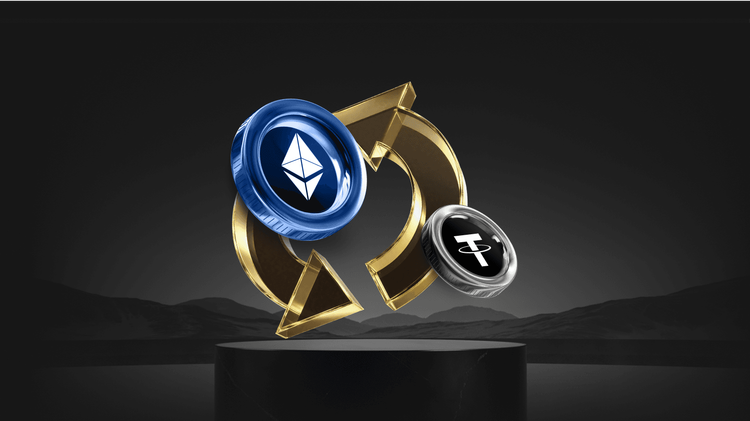
Lido DAO’s Increased Development and Market Dynamics Elevate LDO Price
Key Takeaways Lido DAO’s development activities have surged by 690%, signifying substantial growth. The Lido DAO token (LDO)…

December 26th Market Key Intelligence, How Much Did You Miss?
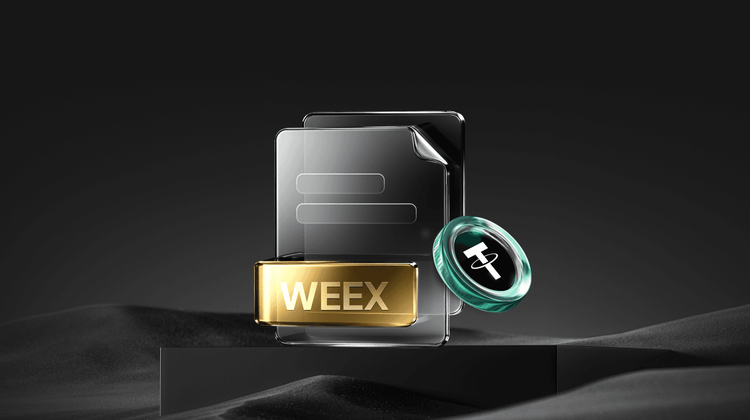
Trust Wallet Hack Results in $3.5 Million Loss for Major Wallet Holder
Key Takeaways A significant Trust Wallet hack led to the theft of $3.5 million from an inactive wallet.…
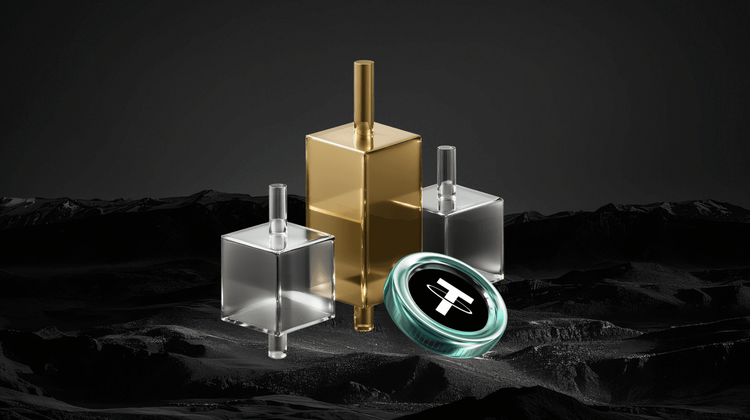
PancakeSwap Launches LP Rewards on Base Network
Key Takeaways PancakeSwap has introduced liquidity provider (LP) rewards for 12 v3 pools on the Base network, facilitated…
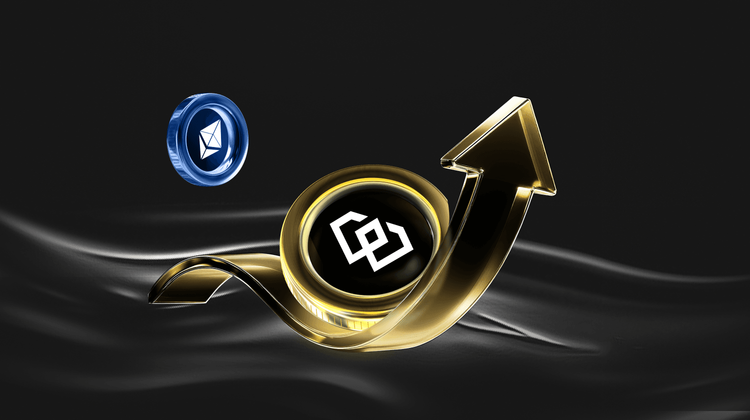
Tips for Crypto Newcomers, Veterans, and Skeptics from a Bitcoiner’s Journey
Key Takeaways Understanding the basics of blockchain and decentralized finance is crucial before investing in cryptocurrency. Newcomers should…
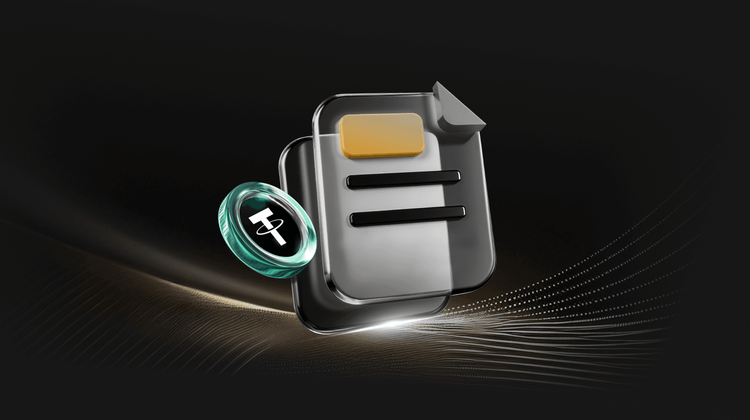
Aave Governance Vote Rejected Amidst Tensions Over Brand Ownership
Key Takeaways: A controversial governance proposal at Aave seeking DAO control over brand assets was rejected, sparking significant…
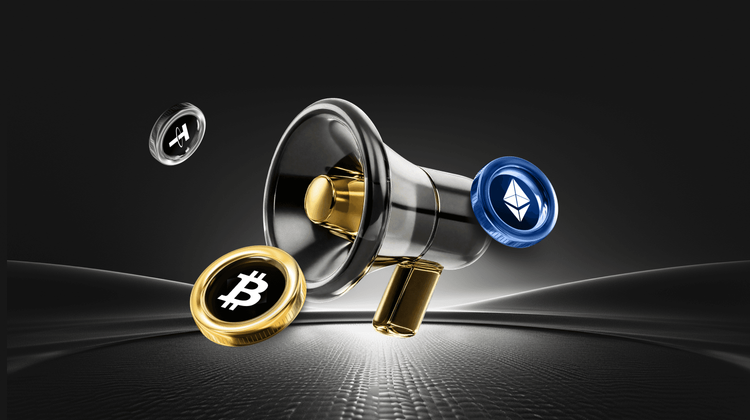
Tips for Crypto Newbies, Veterans, and Skeptics from a Bitcoiner Who Buried $700M
Key Takeaways Understanding the basics of cryptocurrency and blockchain technology is crucial for newcomers before investing. Veterans should…
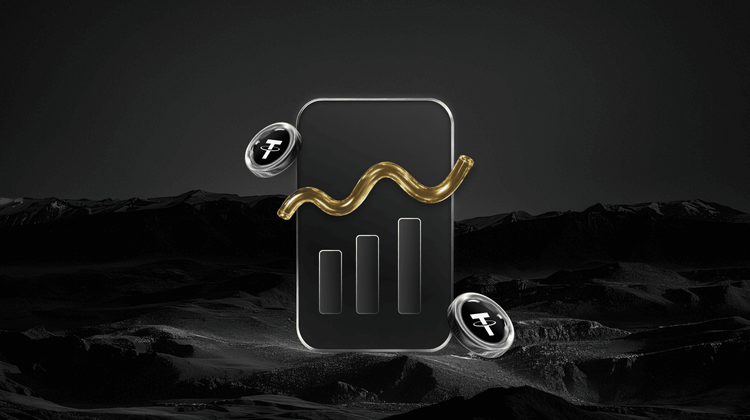
Aave Governance Vote Ends in Rejection after Community Pushback
Key Takeaways: Aave’s governance proposal to transfer brand asset control to a DAO was rejected with 55.29% voting…

Three Titans Bet $17 Million, FIN Makes Strong Move into Cross-Border Payments

IOSG Founder: Cryptocurrency's 2025 Performance Will Be 'Nasty,' But It Marks the Beginning of a New Cycle
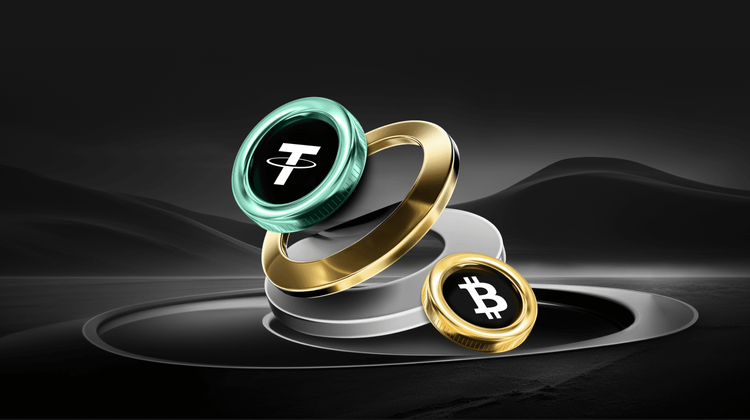
Uniswap Token Burn Proposal Approved, What Is the Overseas Crypto Community Talking About Today?
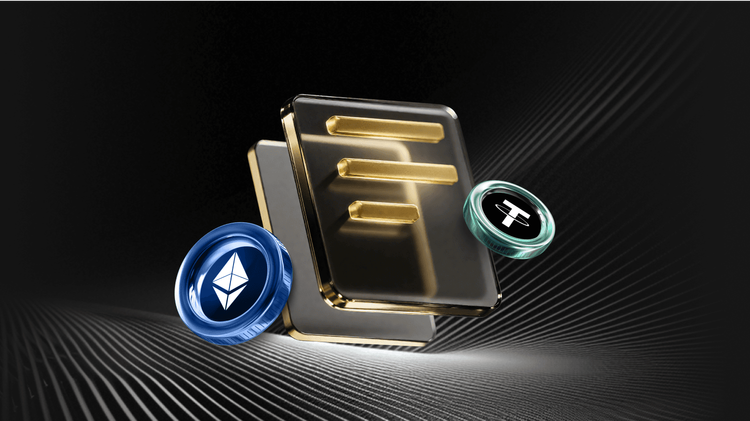
Key Market Intel Discrepancy on December 26 - A Must-Read! | Alpha Morning Report

30 Predictions, Filtered for Five 2026 Crypto Consensus
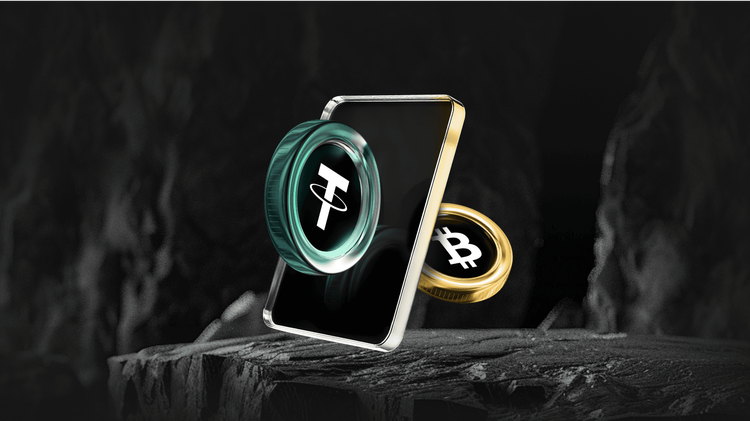
Countdown to Midterm Elections: Will the US Crypto Bill Pass the Test?

Base App is now fully open! How was your experience?
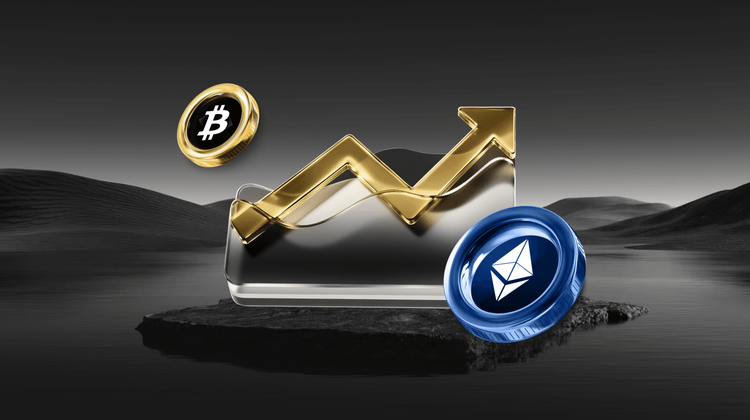
Uniswap Pay Dispute Escalates, Maple Finance Loan volume Hits All-Time High, What's the Overseas Crypto Community Talking About Today?

Galaxy's 26 Predictions for Next Year: Bitcoin to Reach New ATH, Stablecoin Transaction Volume to Surpass ACH System

Key Market Information Discrepancy on December 25th - A Must-See! | Alpha Morning Report
Lido DAO’s Increased Development and Market Dynamics Elevate LDO Price
Key Takeaways Lido DAO’s development activities have surged by 690%, signifying substantial growth. The Lido DAO token (LDO)…
December 26th Market Key Intelligence, How Much Did You Miss?
Trust Wallet Hack Results in $3.5 Million Loss for Major Wallet Holder
Key Takeaways A significant Trust Wallet hack led to the theft of $3.5 million from an inactive wallet.…
PancakeSwap Launches LP Rewards on Base Network
Key Takeaways PancakeSwap has introduced liquidity provider (LP) rewards for 12 v3 pools on the Base network, facilitated…
Tips for Crypto Newcomers, Veterans, and Skeptics from a Bitcoiner’s Journey
Key Takeaways Understanding the basics of blockchain and decentralized finance is crucial before investing in cryptocurrency. Newcomers should…
Aave Governance Vote Rejected Amidst Tensions Over Brand Ownership
Key Takeaways: A controversial governance proposal at Aave seeking DAO control over brand assets was rejected, sparking significant…
Popular coins
Latest Crypto News
Customer Support:@weikecs
Business Cooperation:@weikecs
Quant Trading & MM:[email protected]
VIP Services:[email protected]
